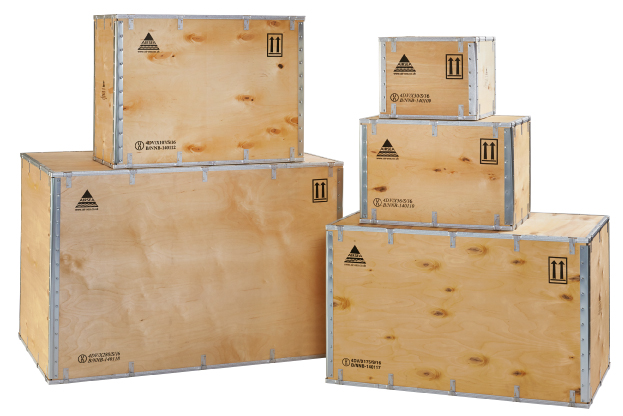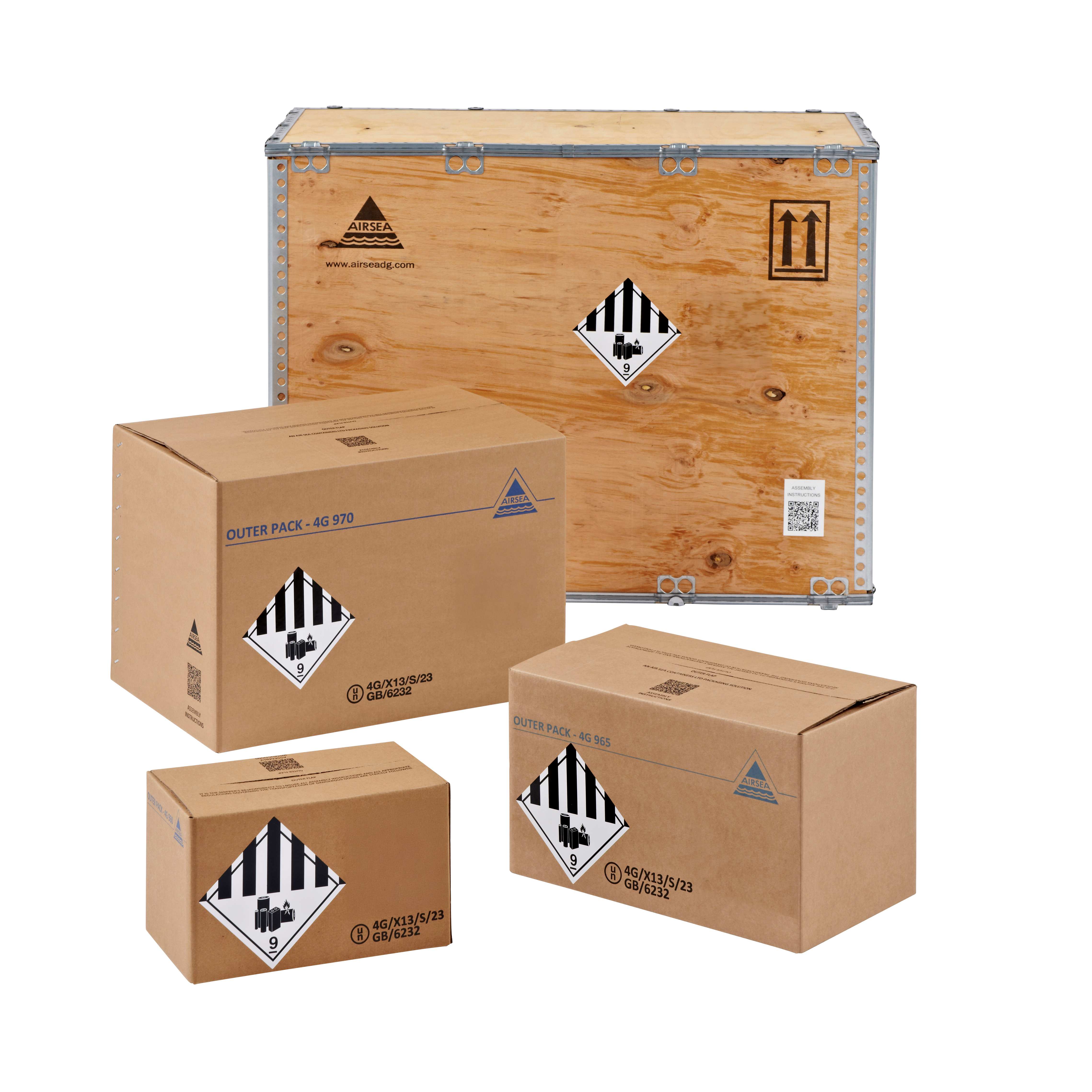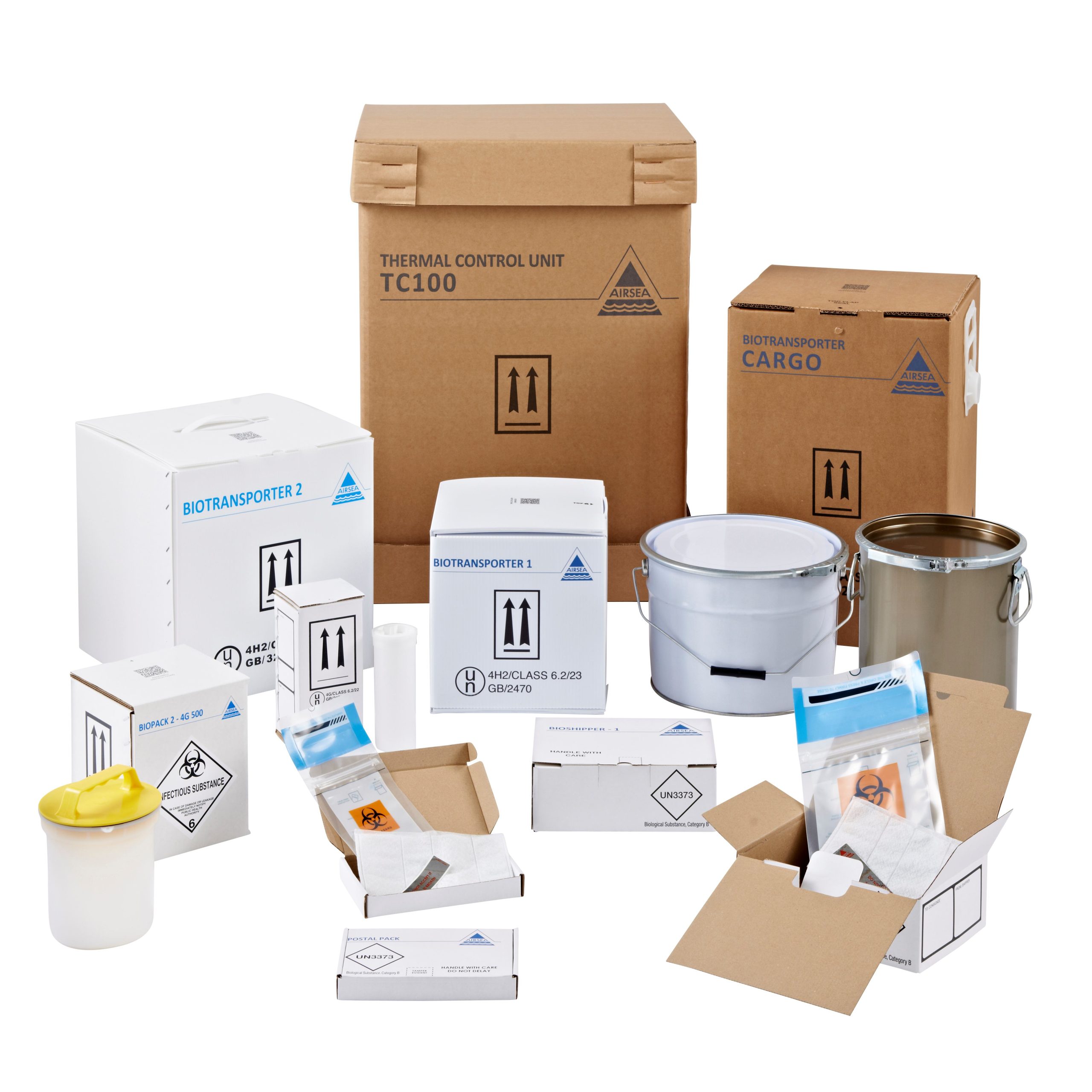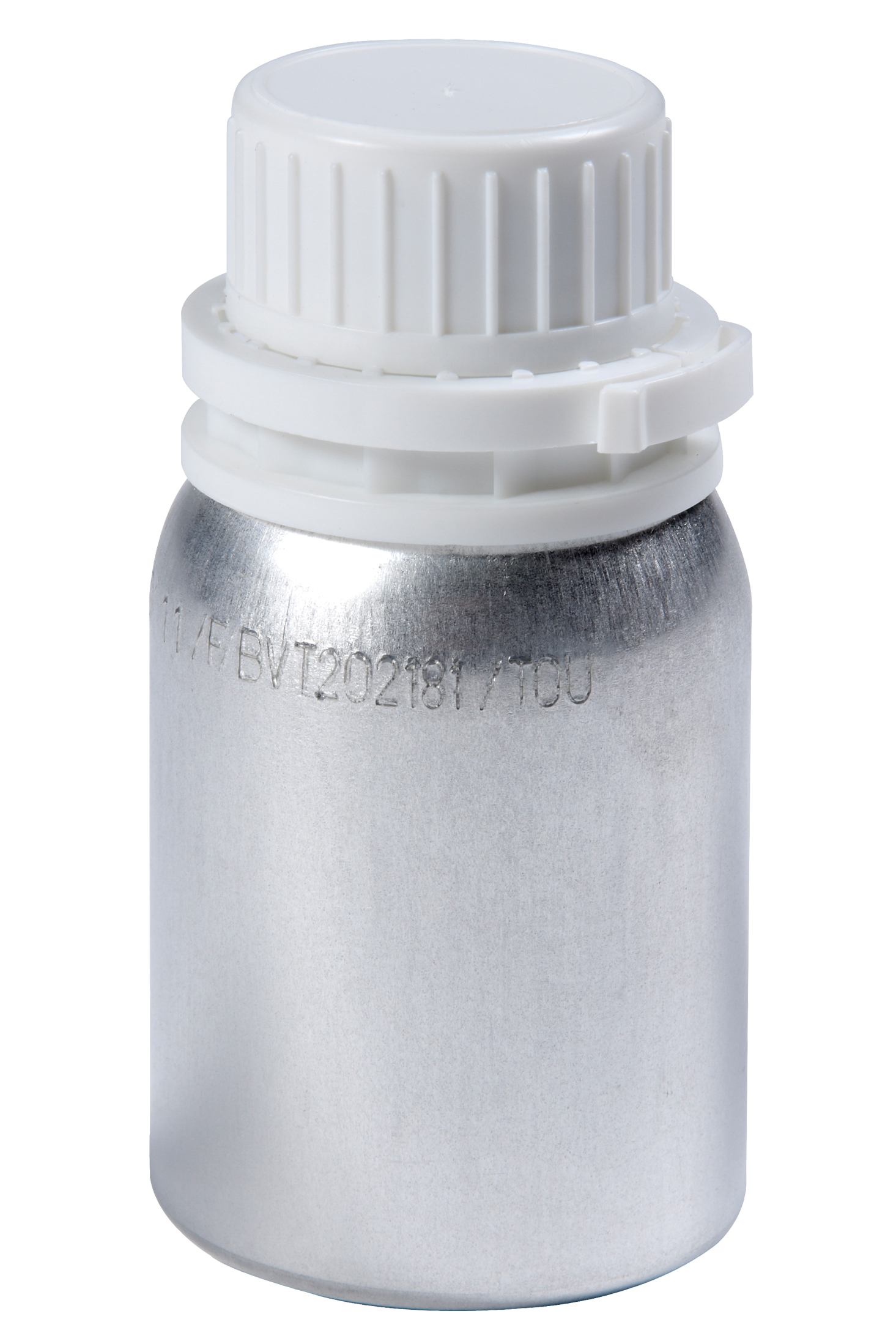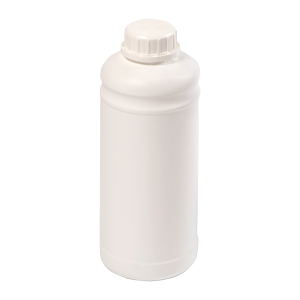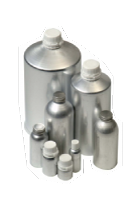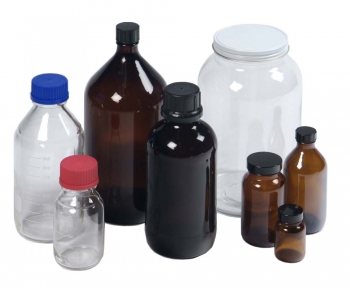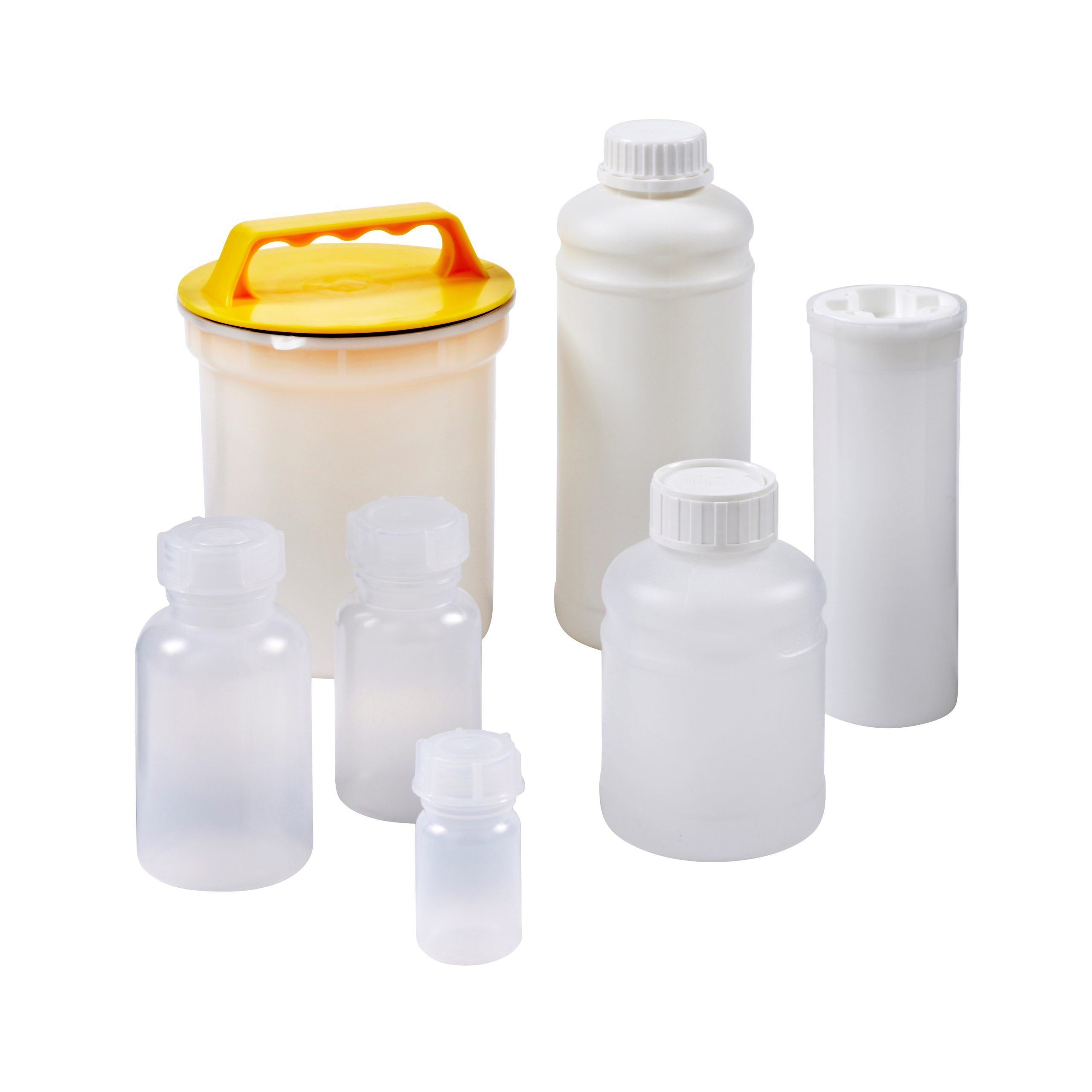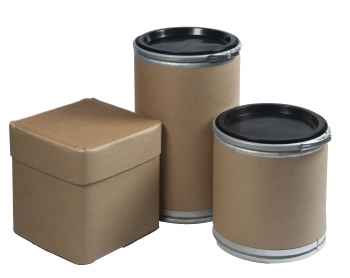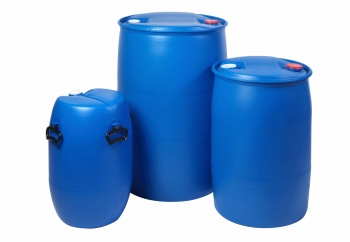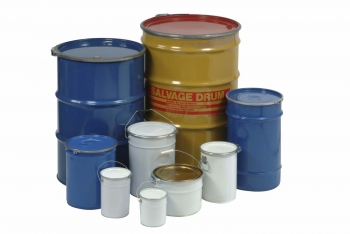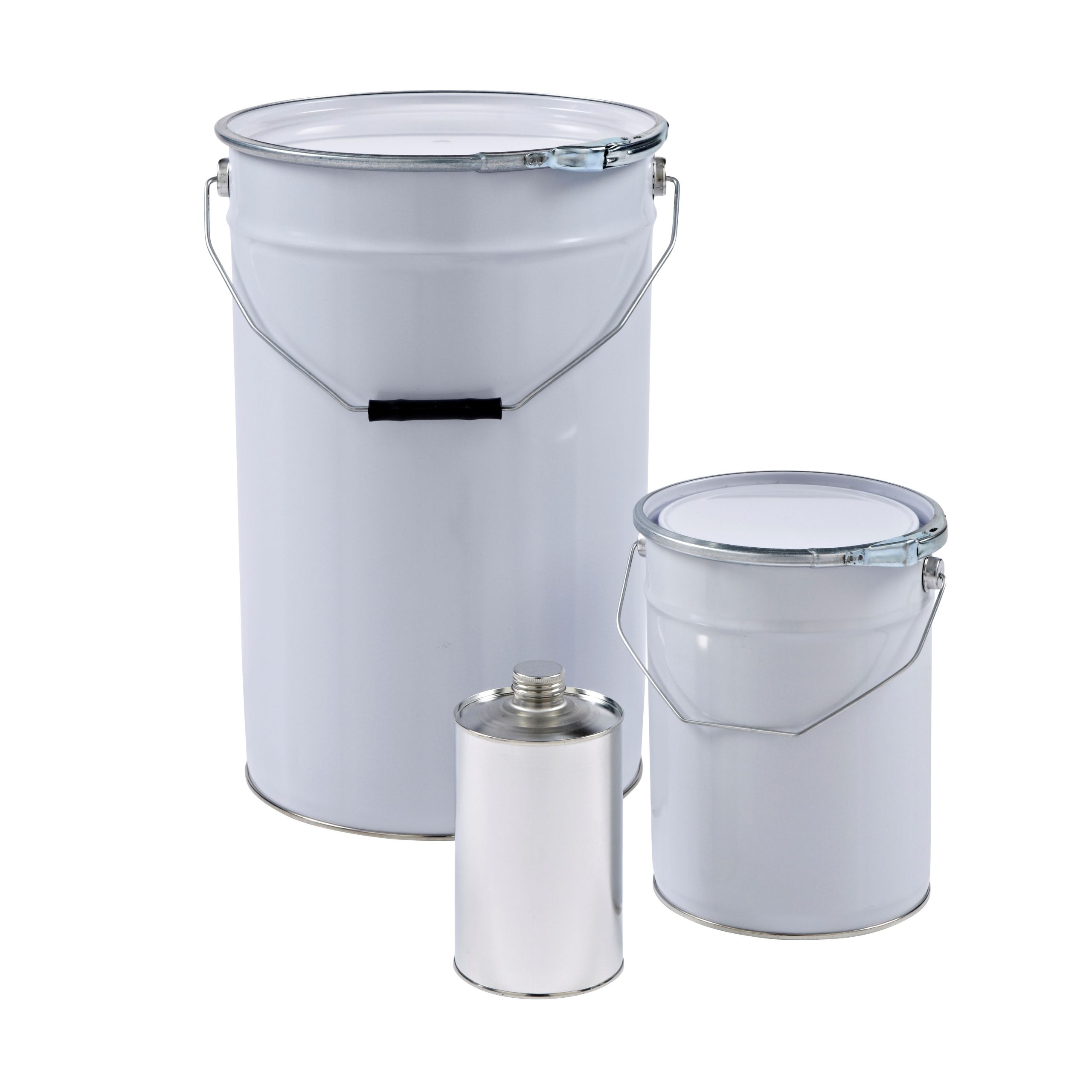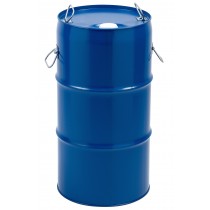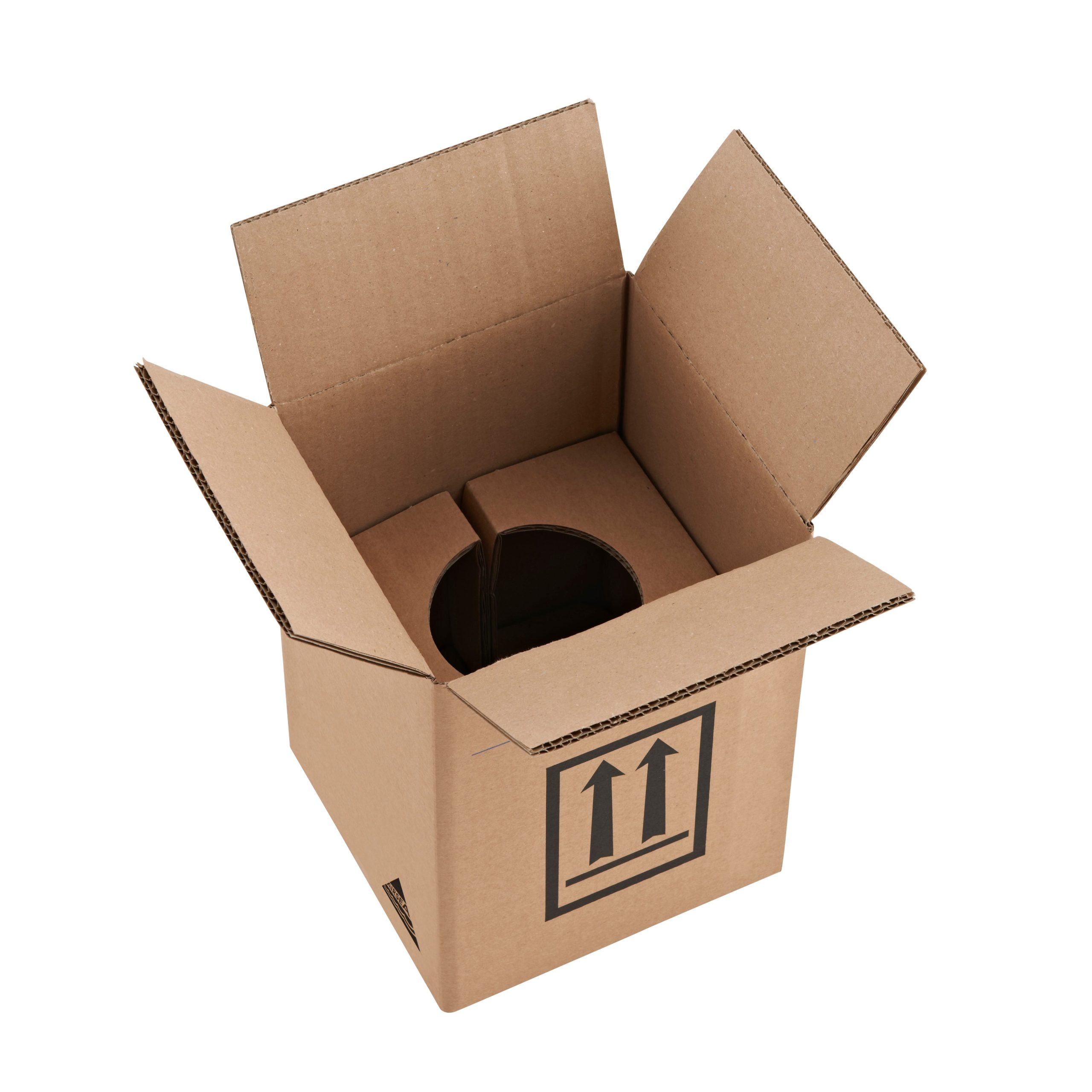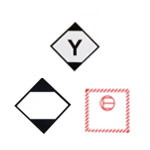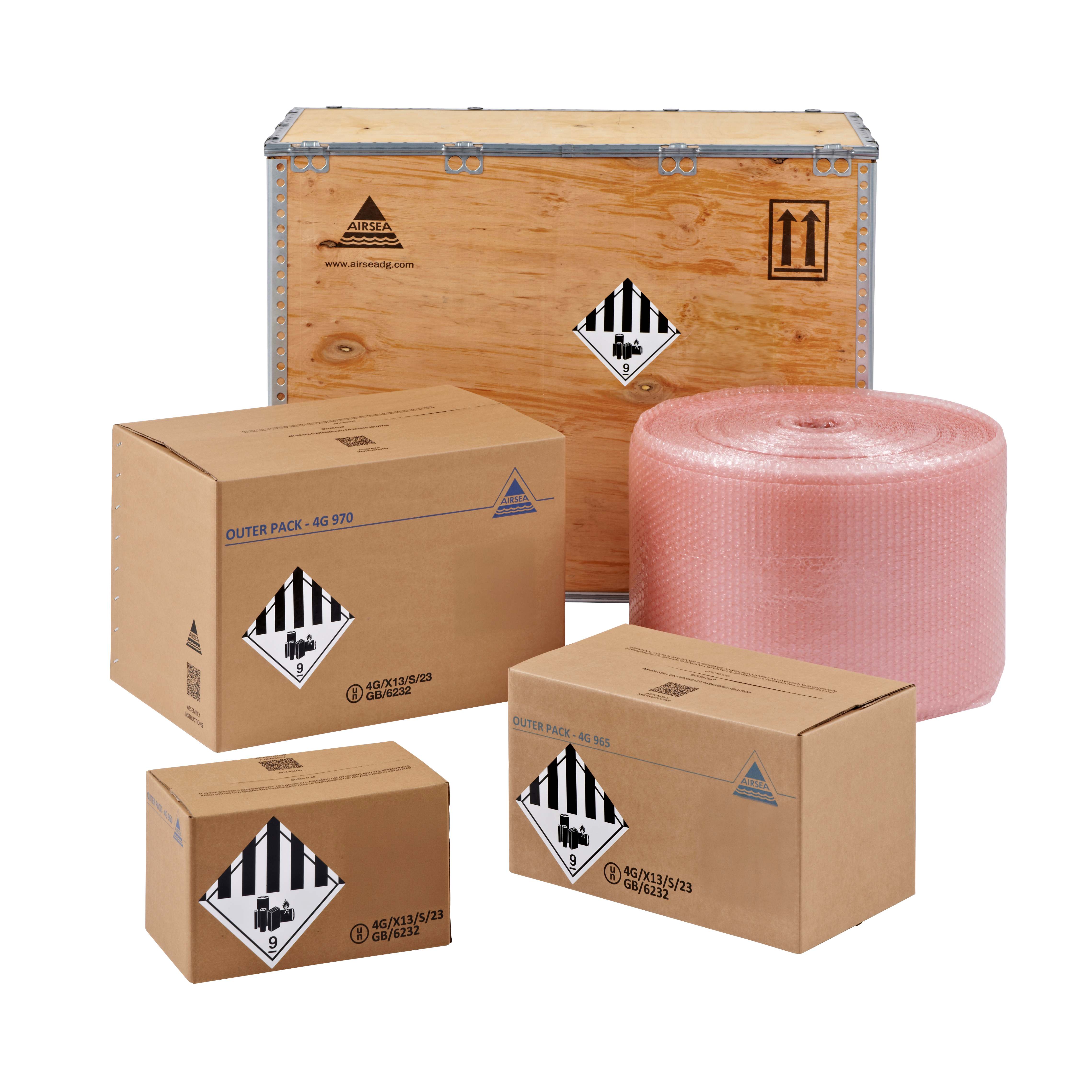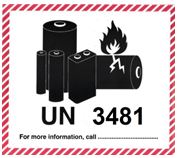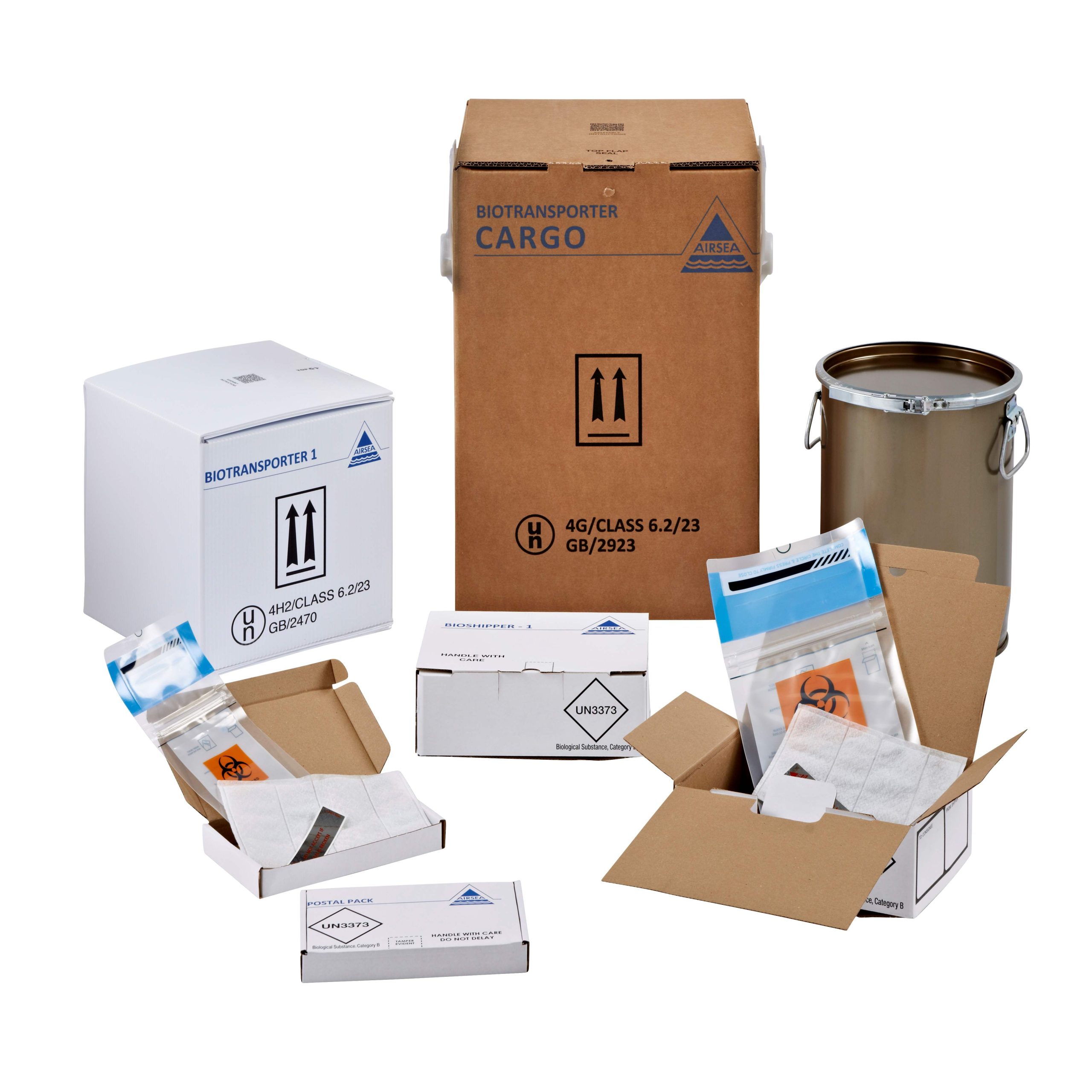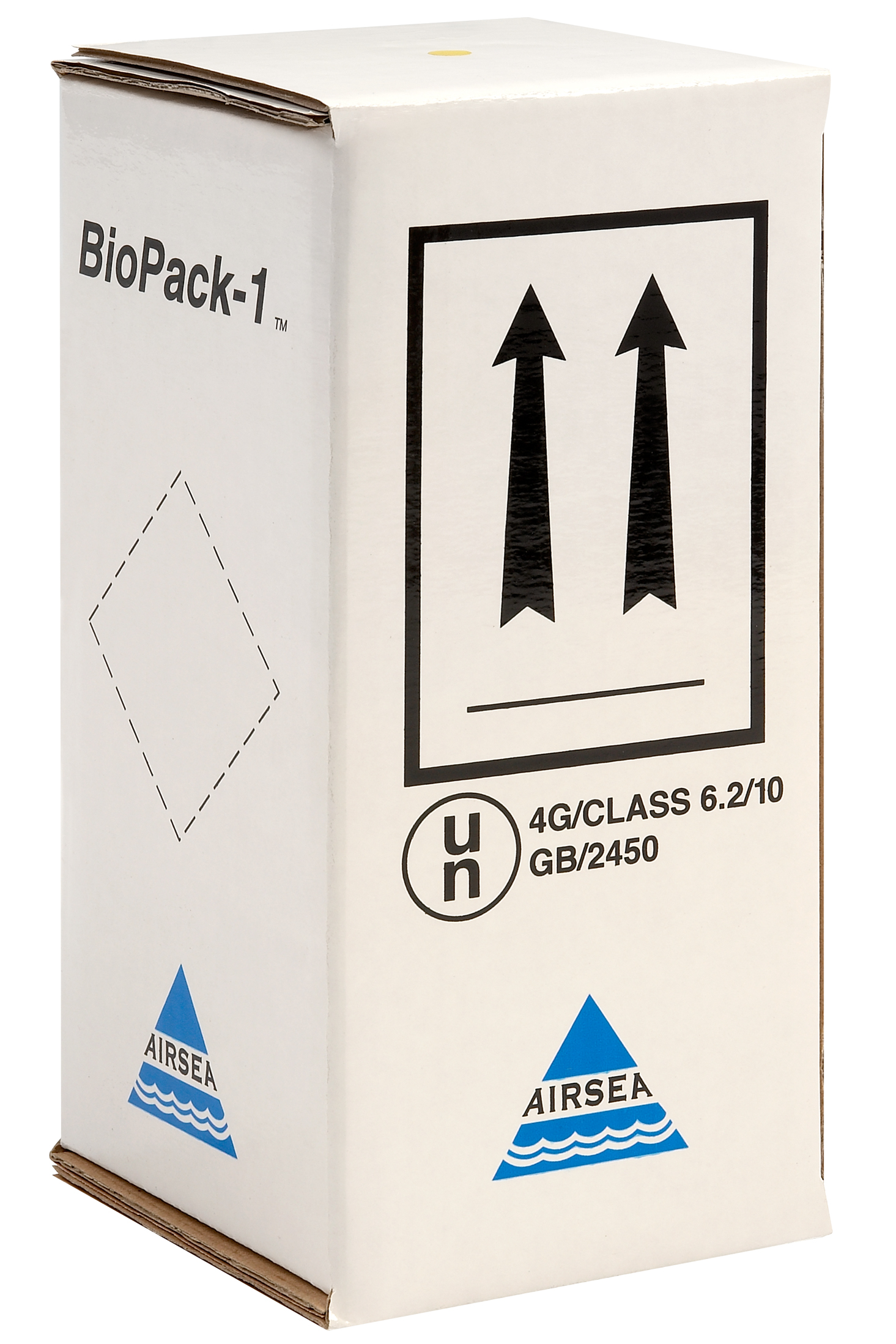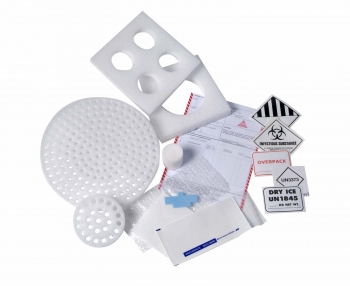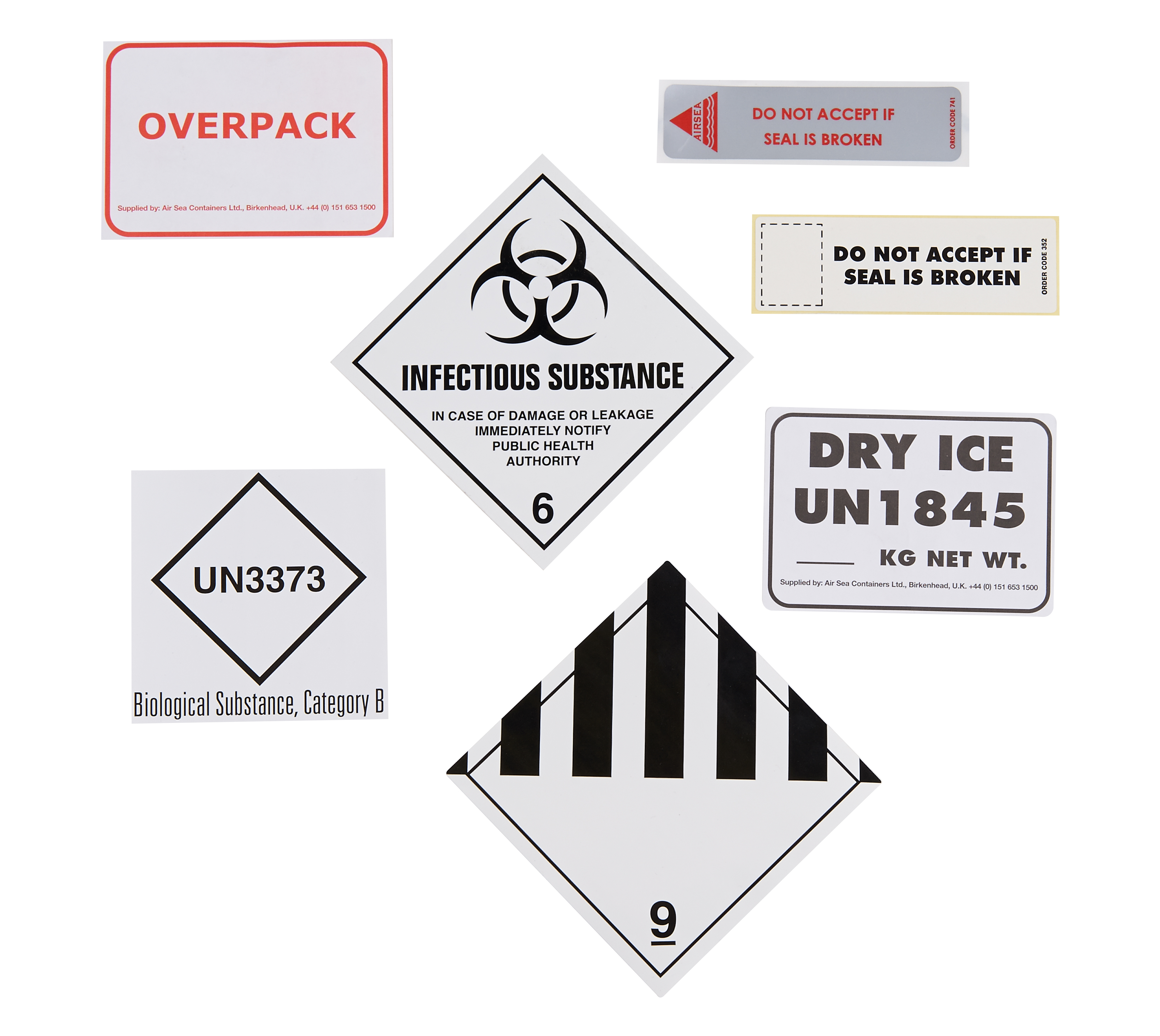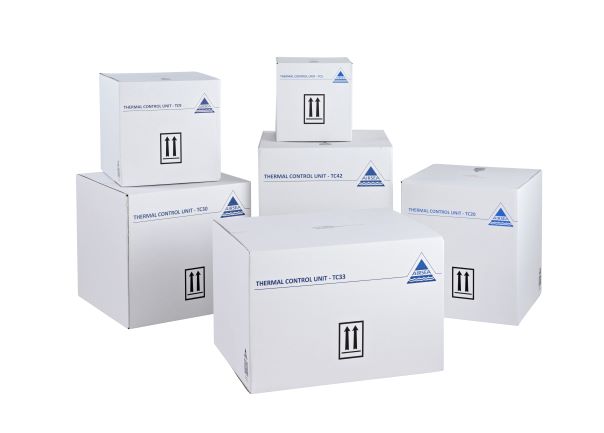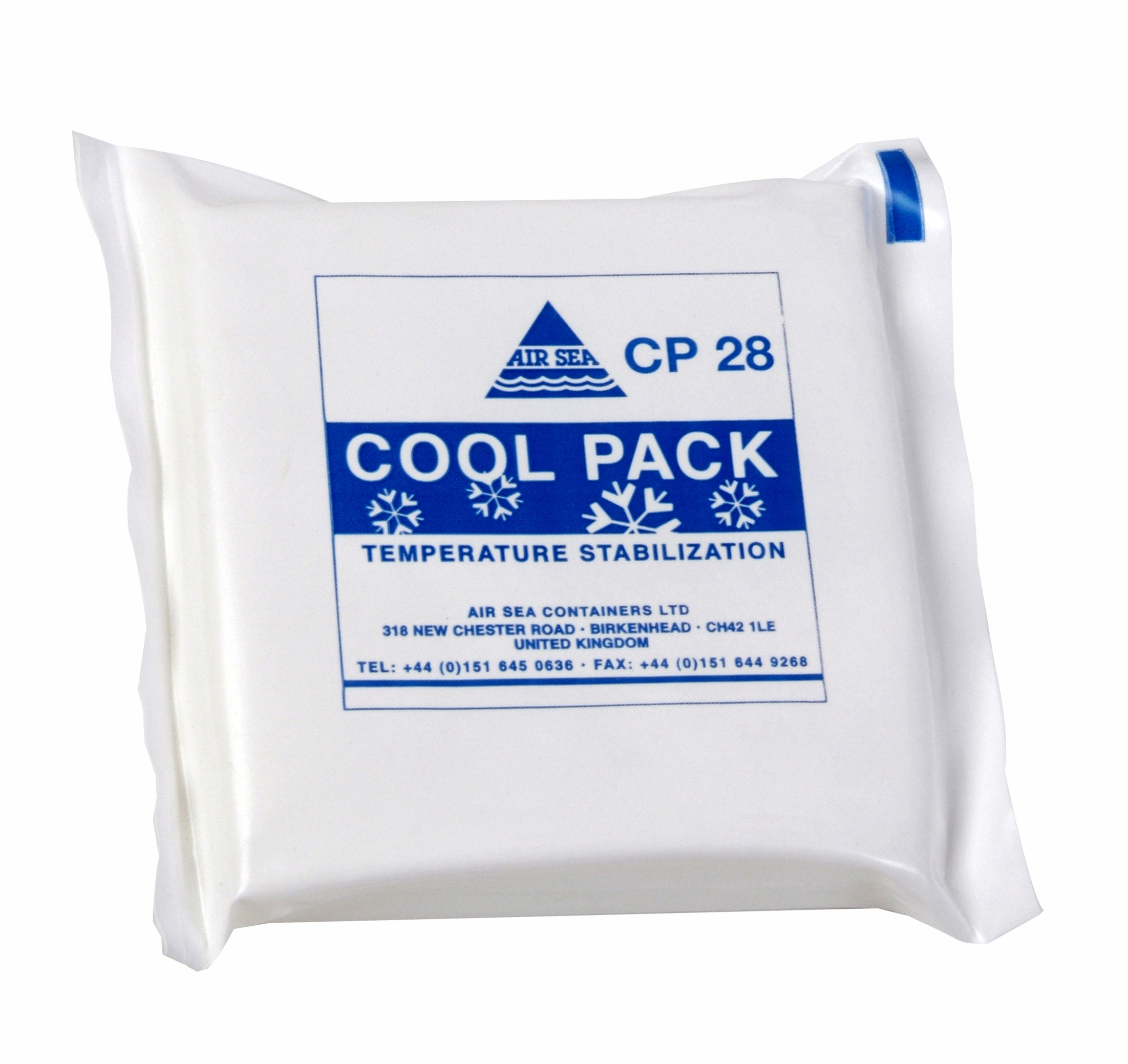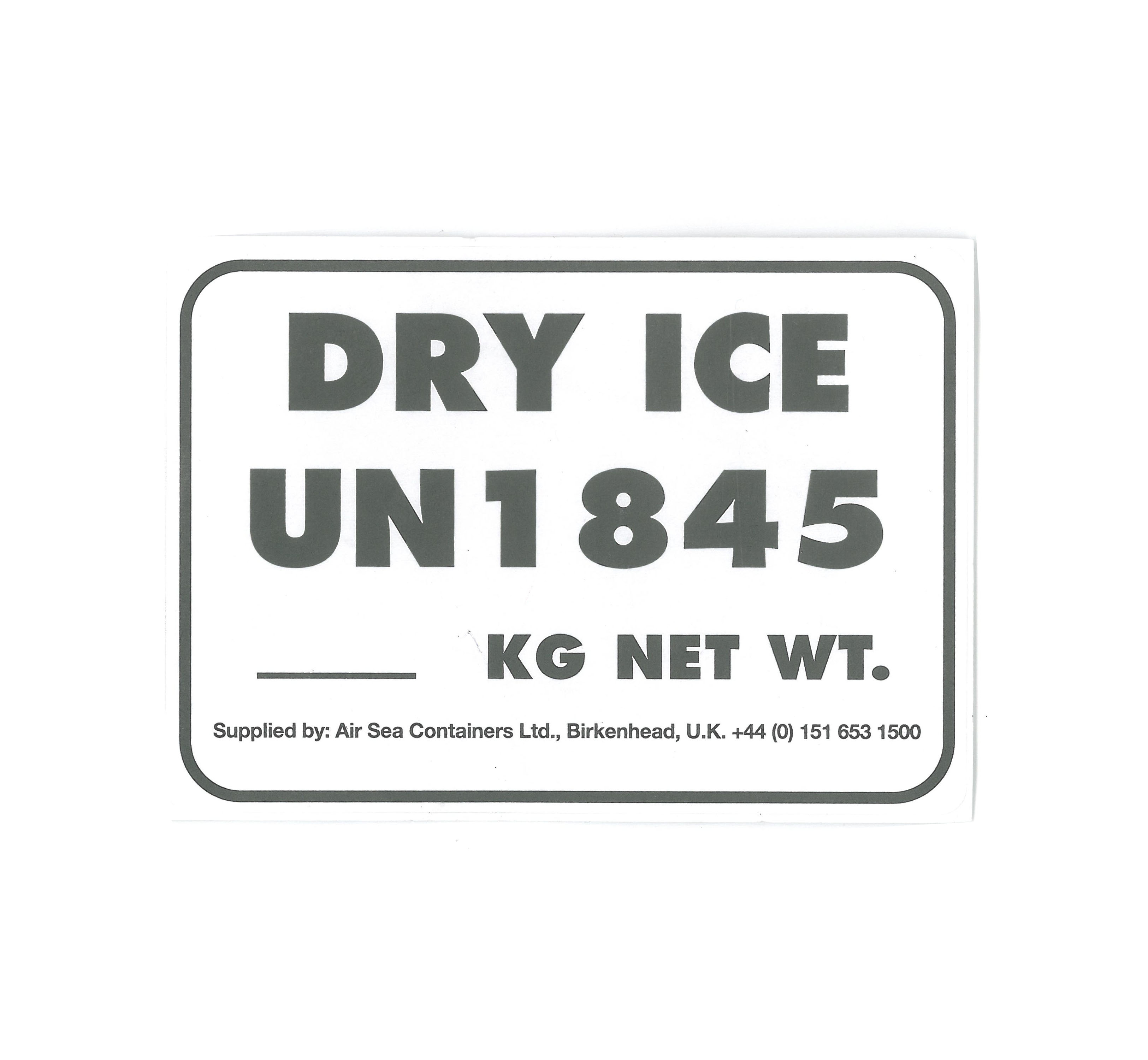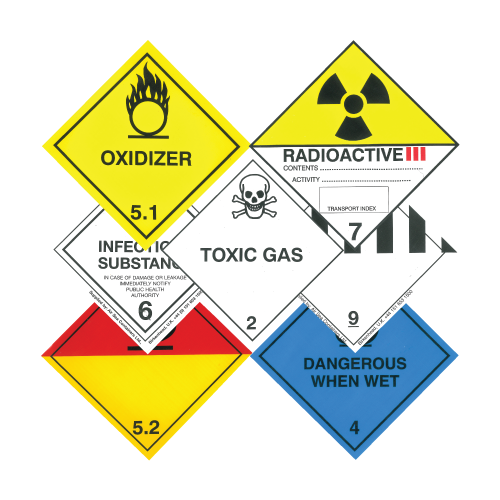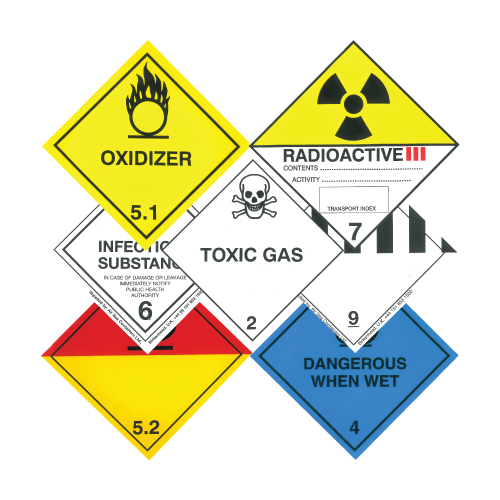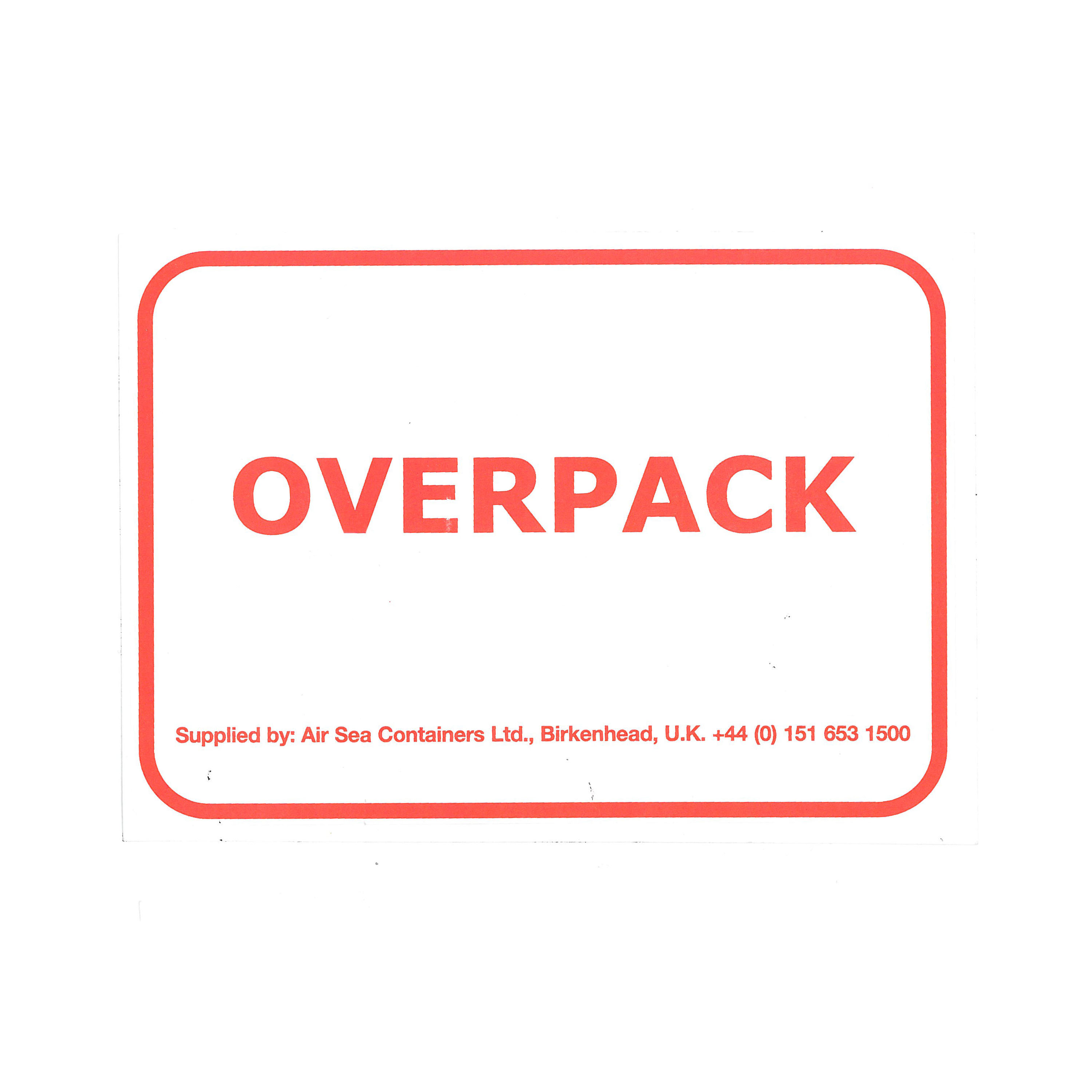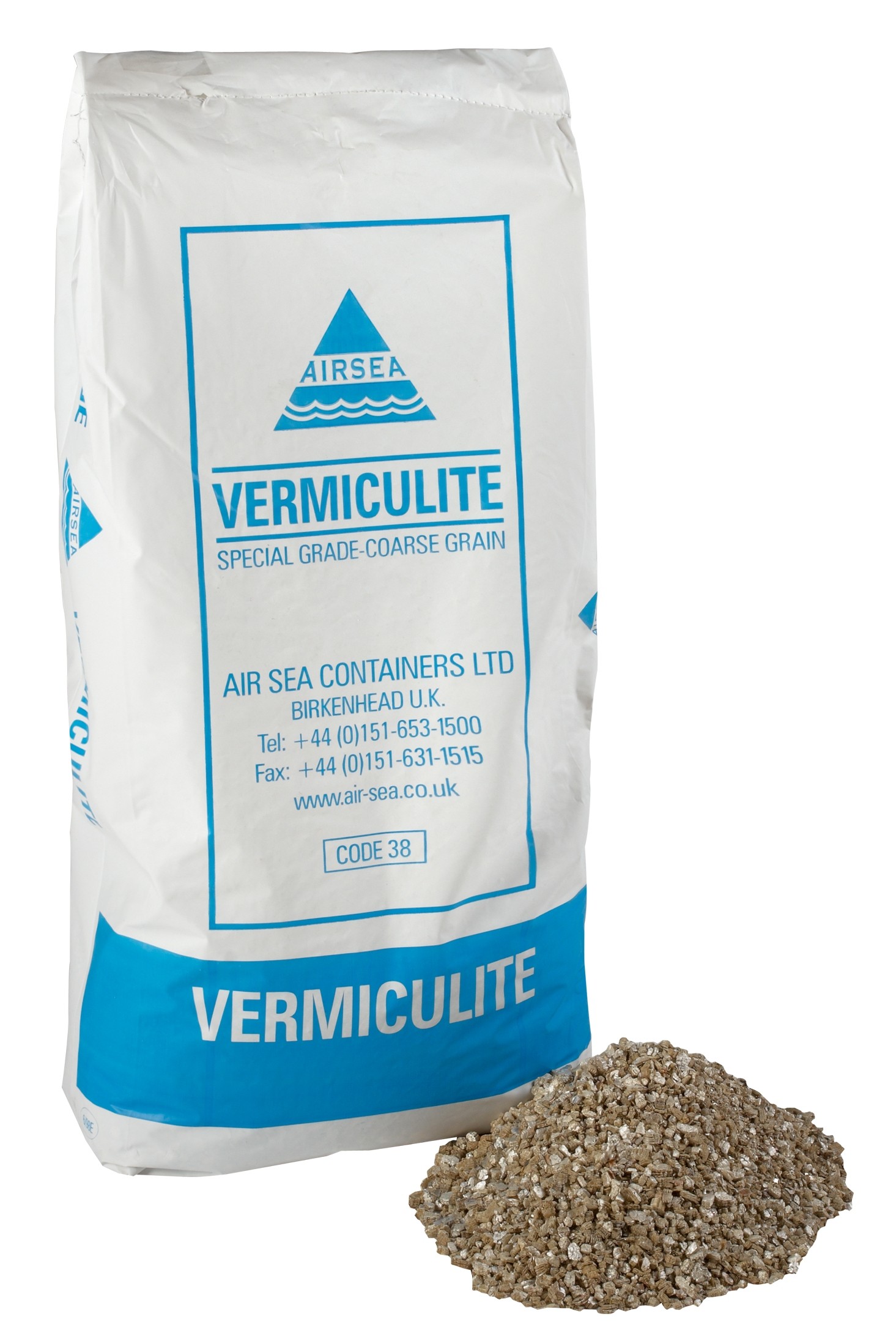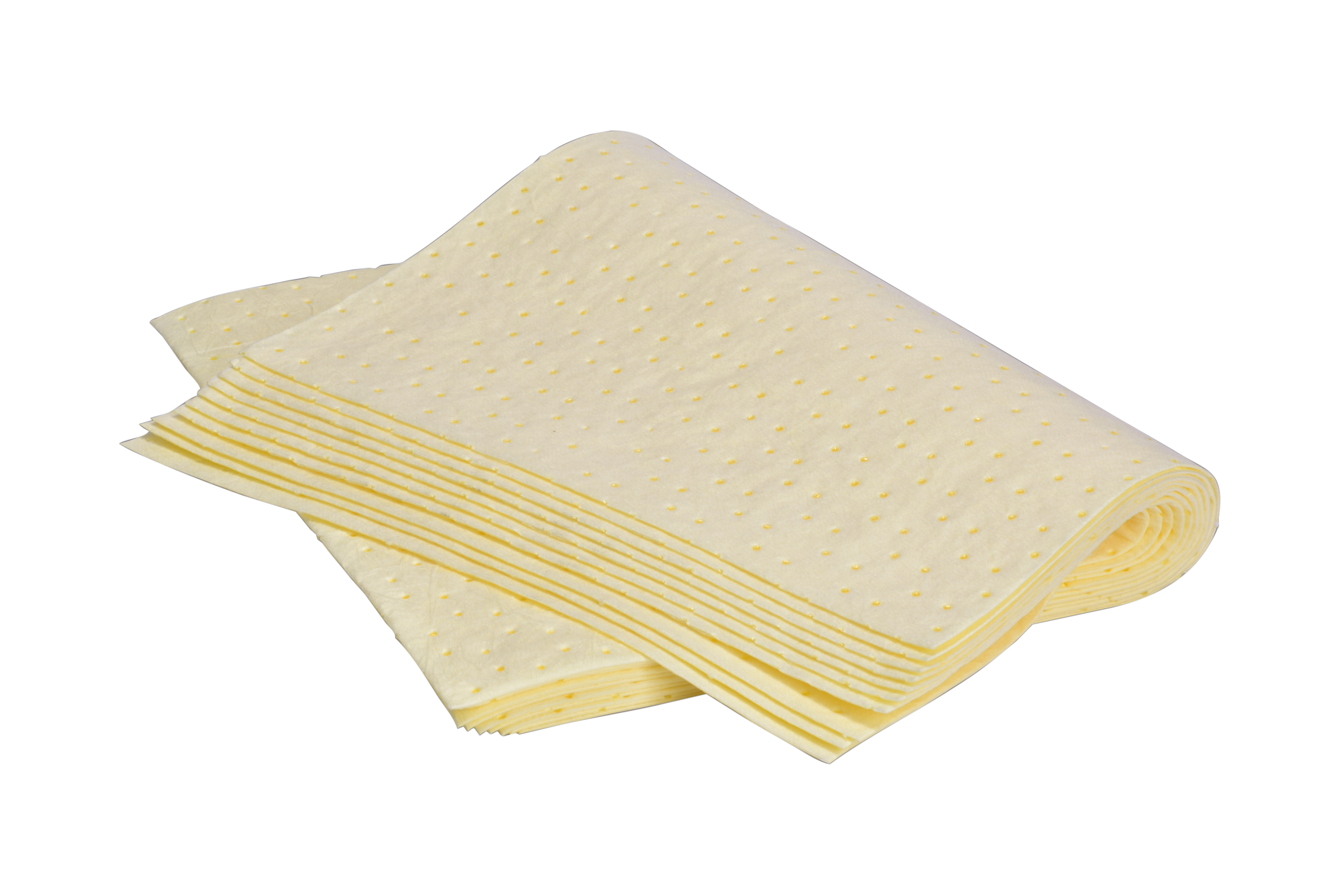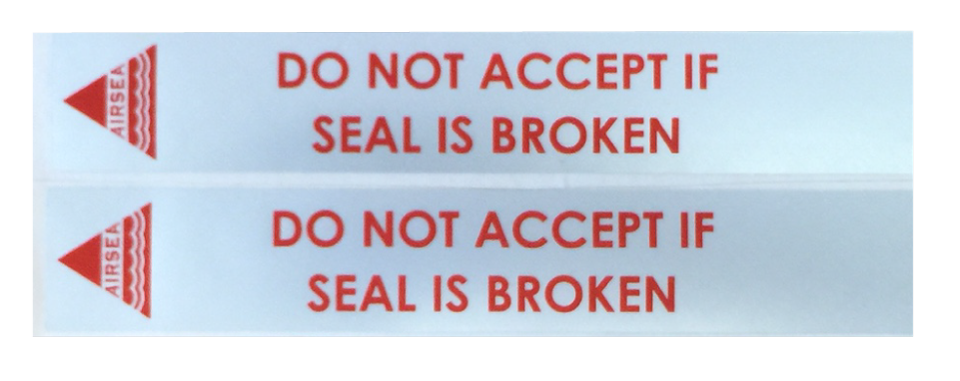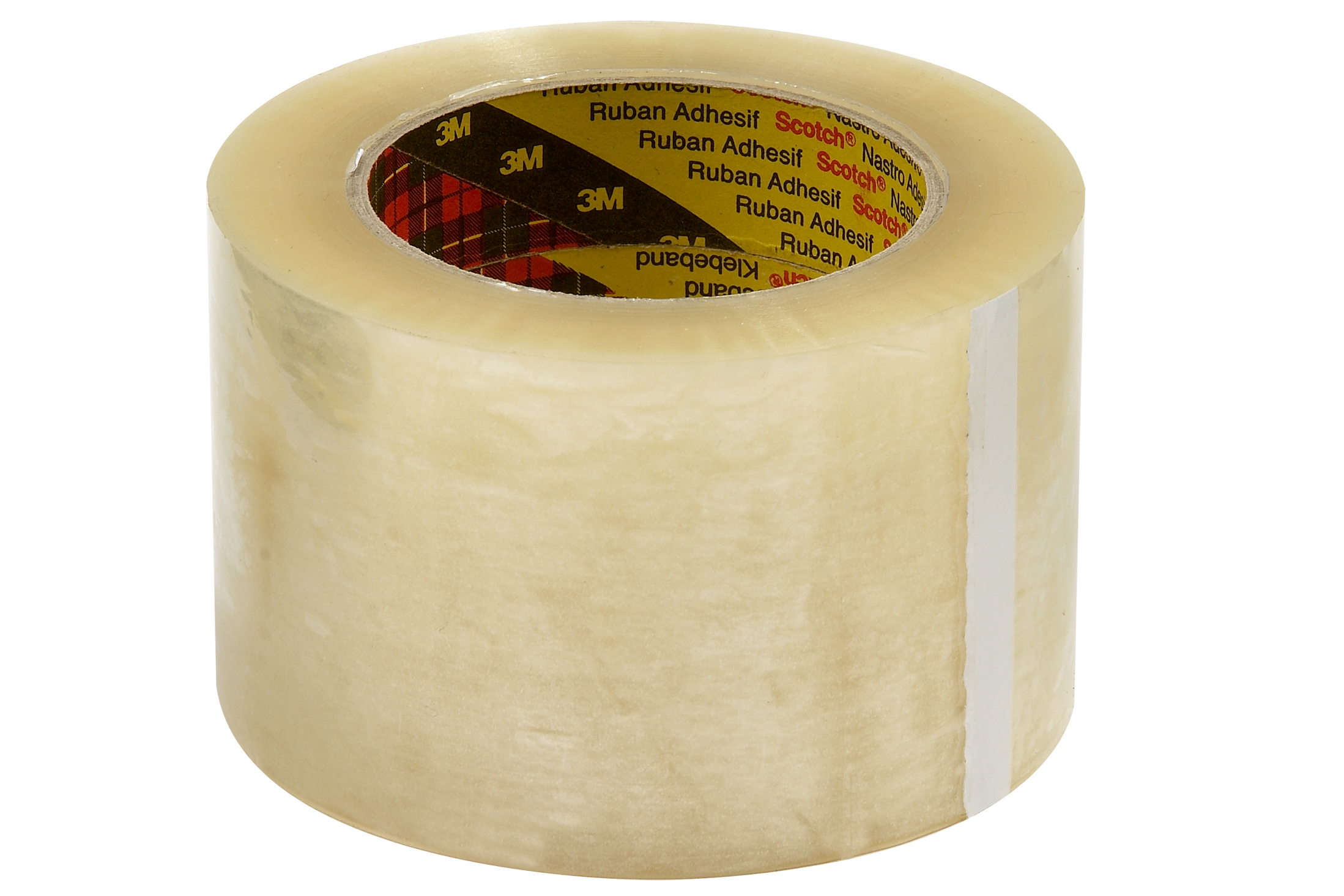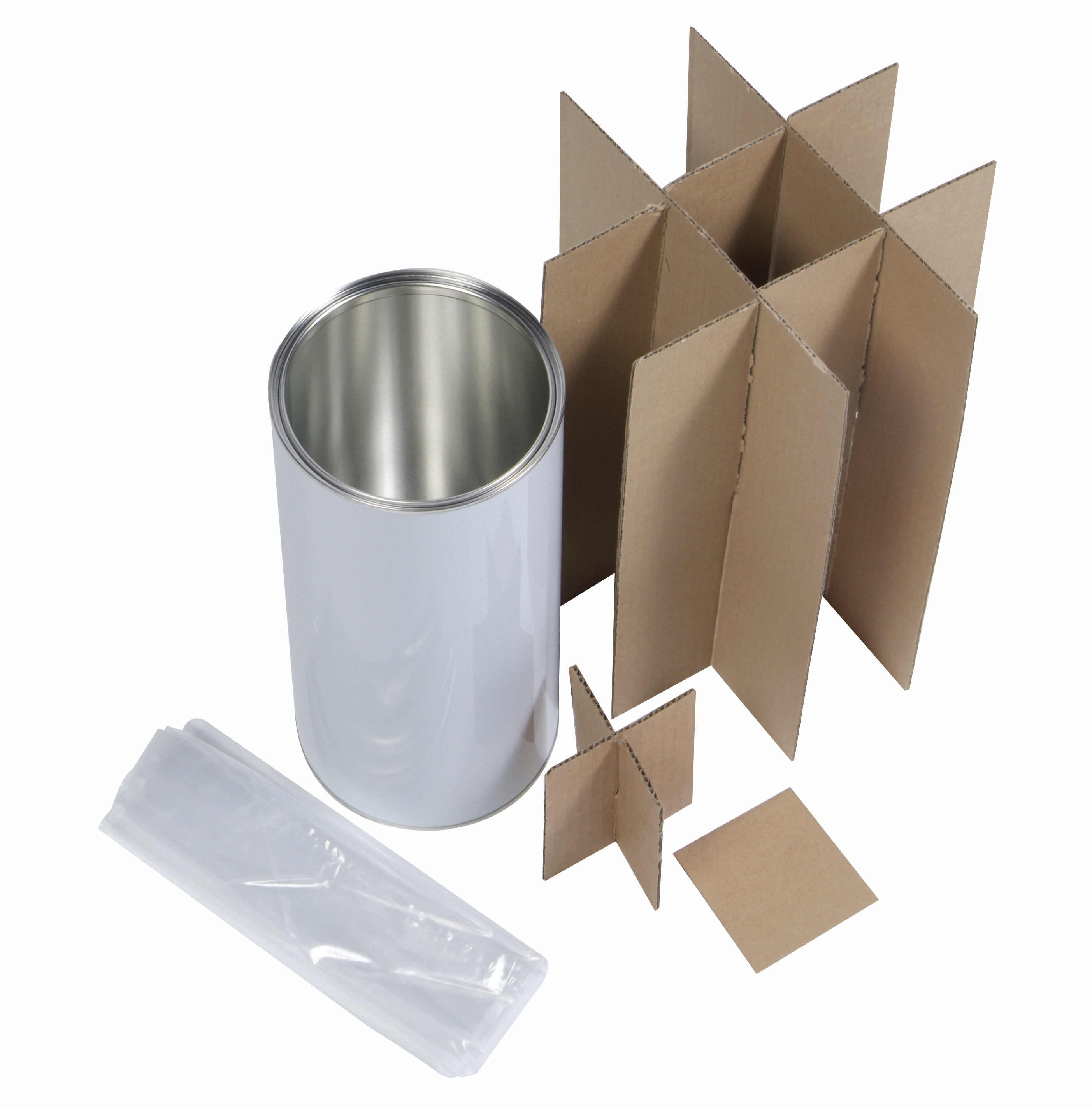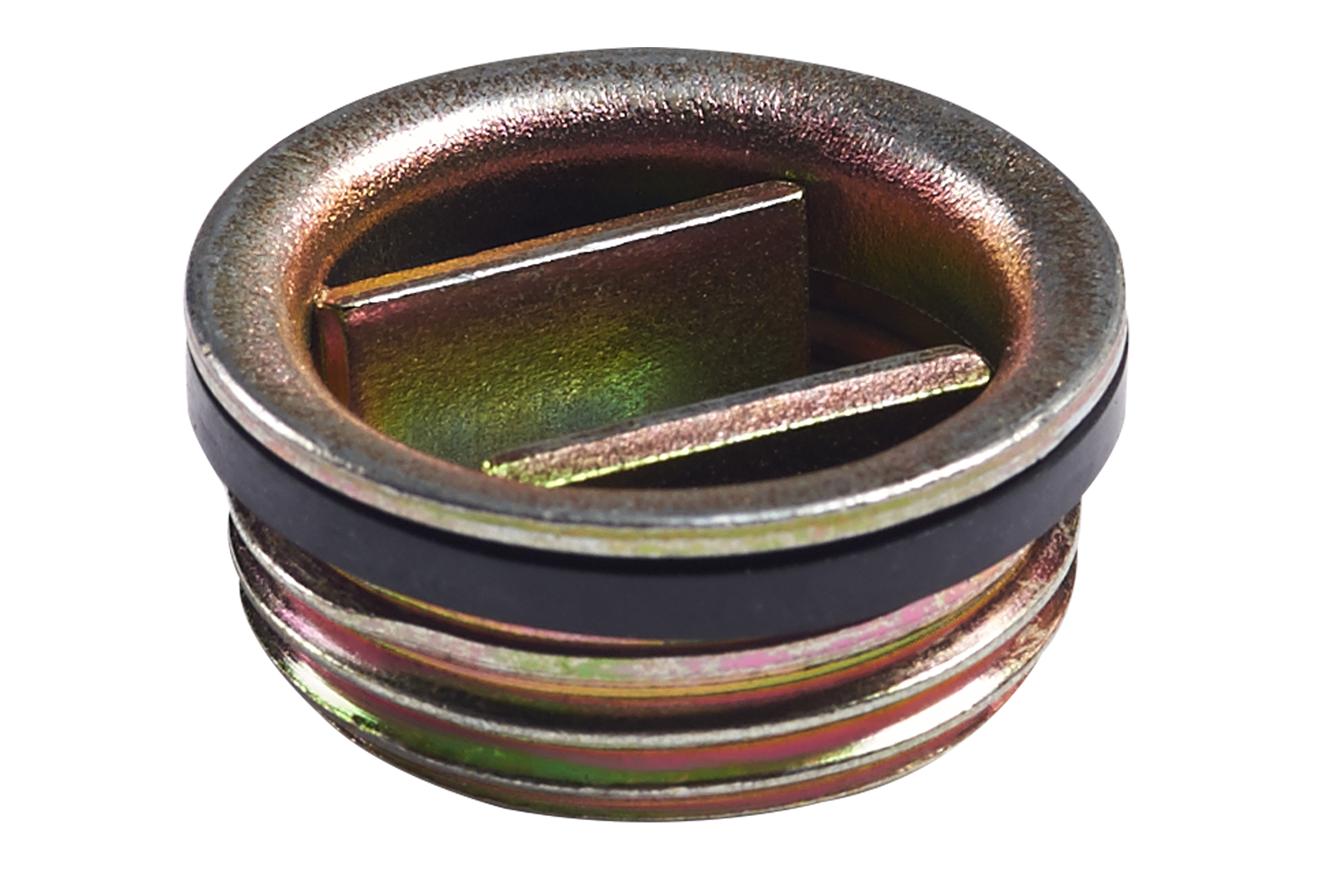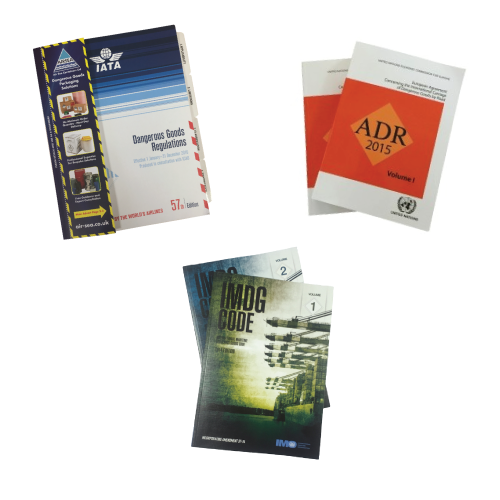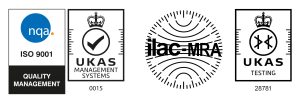Small amounts of dangerous goods can be transported as Limited Quantities in packaging that has not been UN approved. Whilst this has a number of advantages the facts on what packaging can be used and how it should be used can be overlooked.
UN approved packaging has very specific requirements for testing, approval, manufacturing consistency, conditions of use and preparation of the packaging, and can be tested at our new UN Packaging Test Lab. Whereas Limited quantity packaging is less restrictive, but it does still have to meet certain criteria which can vary depending upon the mode of transport used. Based on the classification of the product when transporting limited quantities, the risk is generally considered to be less, so is ‘Don’t sweat the small stuff’ bad advice?
Packaging Requirements
Limited quantity packaging must consist of inner packaging packed inside suitable outer packaging with the most common type being a 4G Fibreboard box.
However, the packaging requirements differ based on the mode of transport and albeit the construction requirements are consistent the method to assess capability is not.
Road and Sea
Limited Quantities are not subject to the full transport regulations except for relevant provisions where applicable and in respect of packaging the following will apply:
3.4.1 (d) Part 4, General provisions for the packing of dangerous goods in packagings, including IBC’s and large packagings, paragraphs 4.1.1.1, 4.1.1.2, 4.1.1.4 to 4.1.1.8.
Of particular note, 4.1.1.1 states that dangerous goods shall be packed in good quality packaging, strong enough to withstand normal transport conditions, closed in accordance with information provided by the manufacturer, the provisions apply to new and reused packaging.
3.4.1 (f) Part 6, Construction requirements of 6.1.4, for fibreboard boxes 6.1.4.12.
6.1.4.12.1 refers to the need for strong and good quality double faced corrugated fibreboard (single or multiwall) and should be appropriate to the capacity of the box and its use.
There is also a need to conduct a water resistance test by the Cobb method which measures water absorption to determine it is not greater than 155 g/m2.
The box should have proper bending qualities and slotted to permit easy assembly without cracking, surface breaks or undue bending and the corrugated fibreboard shall be firmly glued to the facings.
6.1.4.12.3 refers to the specification of the joins of the box which shall be taped, lapped and glued or lapped and glued with metal staples, for example, a FEFCO (0426) Pizza box style would not be acceptable unless all the joins were taped.
Air
Air mode follows the same principles as Road and Sea but goes further with the need to conduct packaging performance tests.
The capability of the packaging must be tested as prepared for transport and able to withstand a 1.2m drop test onto a rigid, non-resilient, flat, horizontal surface, in a position most likely to cause the most damage. The outer package must not show any damage likely to affect safety during transport and must not have any leakage from the inner packaging.
In addition, a stack test must be performed to determine the package is capable of withstanding a force applied to the top surface for a duration of 24 hours, equivalent to the weight of identical packages if stacked to a height of 3m including the test sample.
Packaging that has already been used must be inspected and be in such condition that they will protect their contents and perform containment functions as efficiently as new packaging.
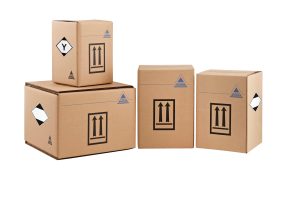
Packaging Review
In simple terms we should determine the mode of transport and align the necessary packaging to meet the relevant regulations.
You should establish if the packaging to be used is suitable based on the construction criteria and if transporting by air the specific performance tests have been met.
However, dangerous goods packed in Limited quantities do not require an entity to appoint a DGSA, moreover, when transporting by air which has additional criteria on packaging performance, a DGSA is not required at all, so who should conduct the review?
For this we have to assume that the entities transporting dangerous goods have all received the required training and appointed individuals to ensure that the relevant obligations have been met.
Training
Training is essential and a requirement based on the amount and scope of the entities involvement in the transport of dangerous goods.
Whilst there are many excellent training courses for individuals transporting dangerous goods it is common to see entities failing on their understanding of packaging.
This can be apparent even when full UN approved packaging which has met construction requirements as part of the detailed test regime and when manufacturers assembly instructions have been provided.
Albeit the risk is considered less when transporting Limited Quantities, the packaging used does not have to be part of a UN approval scheme and is therefore uncontrolled with end users needing to understand the relevant packaging provisions that apply.
Without a DGSA supporting an entity you should, following relevant training, review packaging needs and assess and record the construction and capability of the packaging along with any assembly instructions to ensure a consistent approach is undertaken.
Conclusion
Transporting limited quantities may present less risk and as such there are advantages to the shipper but packaging still has to meet relevant provisions. Whilst drop and stack tests are only a requirement under Air regulations, it would be considered good practice to carry these out also when transporting by road and sea to evaluate performance capability.
When using Limited quantity packaging you should always consider:
- Construction
- Check the construction requirements of the packaging have been met.
- Capability
- Assess the capability of the packaging performance provided by the manufacturer.
- Consistency
- Ensure that controls are in place to document and monitor all materials used including assembly methods and the capability of the packaging.
So, is ‘Don’t sweat the small stuff’ bad advice?
If you don’t have a plan on how to ensure your packaging meets requirements, then the answer is yes. However, you may conclude that by incorporating good management practices the answer is no.
Limited quantities are still dangerous goods and as such, common sense, proportionality and judgement should be based on the feedback of professional expertise.
If you would like advice on LQ packaging you can contact us on UK@airseadg.com or visit our LQ packaging page .
Information correct at time of publishing, 17th February 2023
 UK
UK



